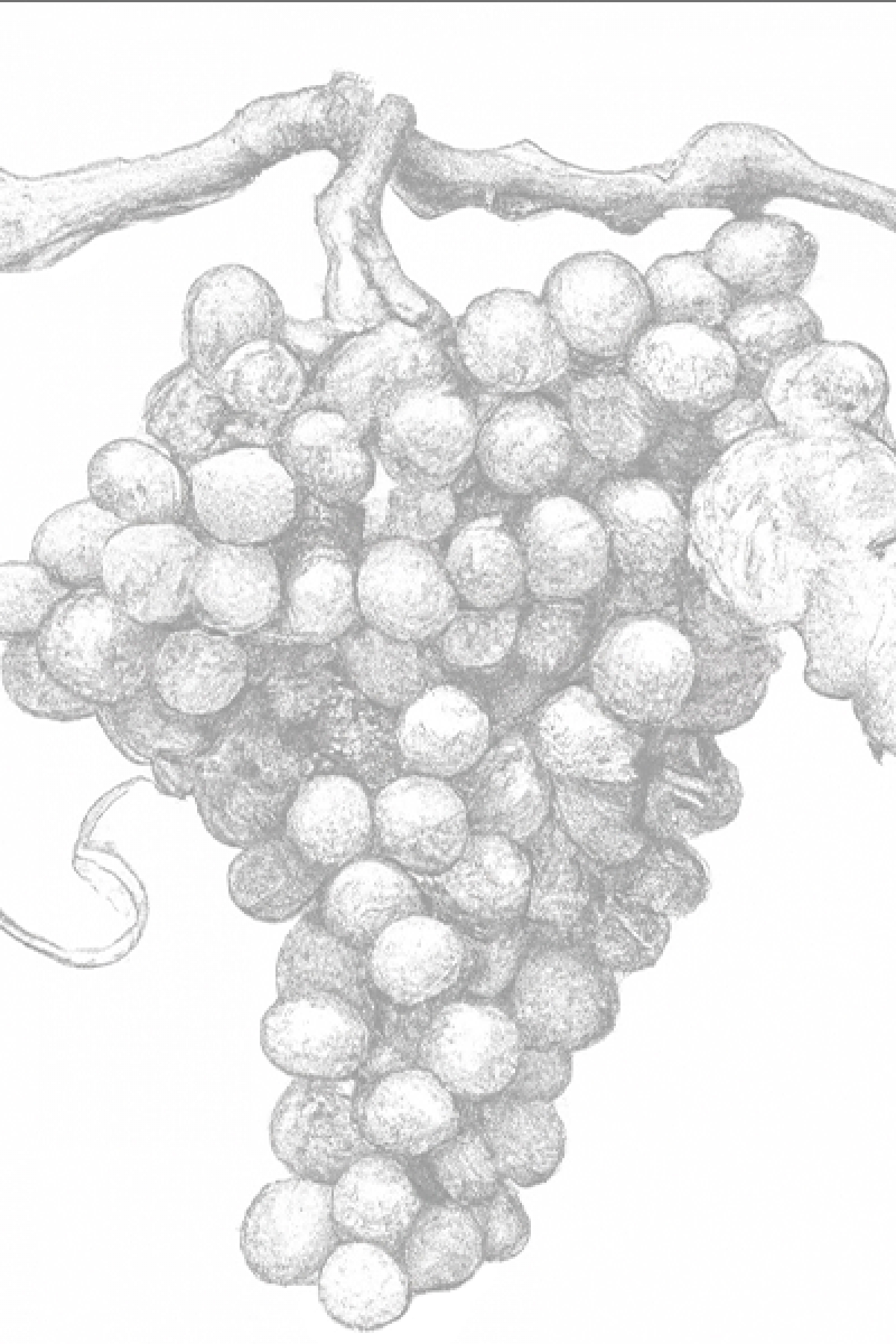Wine review: Montepulciano

Versatile, bold and beautiful “MONTE”
Name: Montepulciano (prefers to be pronounced MON-TA-PULL-CHAANO).
Place of birth: Italy (possible birth place Tuscany; but mainly found around the calf of the boot in Abruzzo and also in the Marche and Umbria).
Other abodes: Australia, New Zealand, South Africa, California, Mexico.
Awards: Second in the most planted grape variety in Italy contest, behind Sangiovese
Favourite colour: Deep ruby.
Personality: Highly approachable, full bodied, rounded curves, intense and rich, dark brooding fruits of plums, blackberries, cherries, mulberry, rhubarb, plus herbs, oregano, a little bit spicy, a touch of leather, pepper, tobacco, down to earth, texturally powerful and moderately acerbic. However, it is often oaked and rich, or owing to its high colour and acid, produced into lighter style reds or rosé/rosato, with less skin contact, and displaying more red fruits, herbs, savoury and tarry/wet hot asphalt notes.
Favourite cuisine: Loves slow roasted and grilled meats including turkey and game, hamburgers, pasta, rich sauces, ragus and soups, grilled veggies, protein rich pizzas, charcuterie, cheese. Montepulciano wine is versatile and pairs well with a wide range of dishes. The wine’s tannins and intense flavours make it a good match for flavourful dishes, and its acidity helps balance the richness of the food and prevent it from becoming overwhelming.
Age ability: The tannins in Montepulciano wine are usually medium to high, giving the wine a firm structure and anti-ageing properties; whilst the wine is also known for its good balance of acidity, which helps to bring freshness and liveliness to the wine and in combination, supports good ageing potential. The wine is also known for its high alcohol content, which can range from 13-15% ABV and gives the wine a warm, satisfying finish. Ageing depends on acid and tannin levels and intensity of fruit flavours, so depending on the wine and year it was made, possibly cellar up to a decade plus.
Favourite weather: Montepulciano likes the heat and dry conditions and is known to ripen late in the season, thus it holds onto its acid while developing its flavours. It is somewhat drought tolerant, a characteristic we are investigating in vine trials, and desirable for growers with scarce water resources.
If you like Shiraz, you will like Monte.
From my reading over the years, anecdotally, Montepulciano wines are considered similar to those wines made from Shiraz grapes. Despite the poor odds of working closely with people over the past couple of, what can only be referred to as, “unique years”, my wine lab group managed to carry out some human tasting and consumer research. Our trained tasting panels tasted the wines blind (no, do not think blindfolds, it just means they are not informed what the wine is other than red wine) in black glasses, under highly controlled laboratory conditions (picture individual, all white, red light and temperature controlled, computerised booths) so they are denied outside distractions and can focus on the wine in the glass. What did we find? Montepulciano wines are perceived similar to Shiraz.
Drought tolerance and sustainability: Due to its late ripening potential and supposed lower water requirement, Monte is suited to warm regions and retains acid, tannin and flavour. Adoption of innovative strategies to adapt to rising temperatures brought about by climate change will be required to sustain the Australian wine sector. Potentially one approach is the cultivation of more drought resistant emerging grape varieties with diverse flavour profiles to reduce, in part, the current reliance on less water conservative major varieties, and offer the consumer some diverse wine choices. But will consumers accept wines made from these varieties? Two consumer trials have indicated that Australian red wine consumers liked all 12 different emerging variety red wines under study. Similarity scores indicated consumers found the greatest amount of similarity between Shiraz and Montepulciano, which confirmed our wine expert and trained taster comparisons.
Our findings provide evidence supporting the consumer acceptance and perceived similarities between the sensory profile of Shiraz and Montepulciano varietal wines, highlighting the potential for producers to adopt these more drought tolerant varieties as alternatives in a warmer future.
My recommendation is, next time you are in your favourite wine store looking for a delectable red wine, grab an Australian Montepulciano and why not a Shiraz as well, gather some friends, make a heart- warming, uncomplicated meal and compare them yourselves.
Salute!
Review by Sue Bastian, Associate Professor in Oenology and Sensory Studies, Manager WIC Sensory Laboratory and Deputy Head of School, Agriculture, Food and Wine (International).
